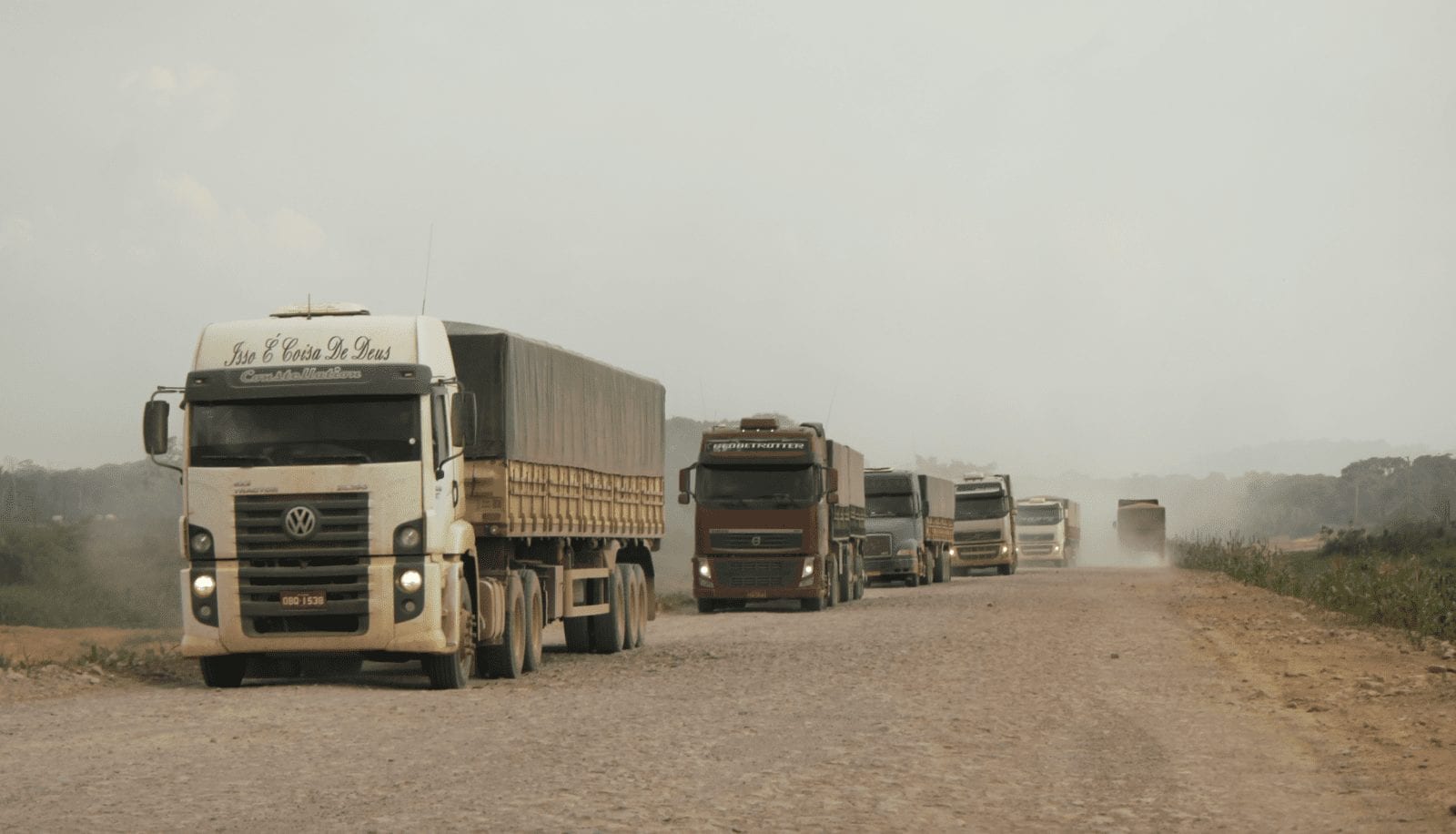Talk of improving Brazil’s highway system has long been a topic of interest as it would improve their competitiveness in the world market. Although the highway system is improving, farmers in Brazil still experience very long, costly delays during harvest.
The table below shows the expenses and the distance that soybeans have to be transported on truck to port for a farmer in Mato Grosso.

Highway BR-163 is the main connection between the grain belt of central Brazil and the Northern Arc of ports on the Amazon River. During early harvest, there are approximately 1,000 grain trucks per day heading north on BR-163 to ports on the Amazon River. The Northern Arc of ports were responsible for 28 percent of Brazil’s soybean and corn exports in 2018 according to the National Agency for Water Transport (Antaq).
After nearly two weeks of blocked traffic on highway BR-163 in northern Brazil, authorities reopened the highway in early March. Heavy rains had made an unpaved section of the highway impassable for trucks that were loaded with grain heading north to ports on the Amazon River.
More Problems Ahead
The problems may continue as approximately 2,500 trucks had been stopped for a week or more in a very sparsely populated area without necessities such as food, water and other services. The losses for the truck drivers and their companies are going to be very high. In addition to the two-week delay, the trucks are covered by tarpaulins and some truckers have indicated that the wet weather may have caused some of their soybeans to deteriorate. This would result in a portion of the truck capacity being lost.
Authorities closed the north bound traffic at the border between Mato Grosso and Para to help alleviate the traffic congestion caused by the 2,500 stranded trucks.
In the big picture, what happened on highway BR-163 will have little impact on Brazilian grain exports, but it does impact the profitability of farmers and truckers. The Minister of Infrastructure has now affirmed that they have allocated the R$ 200 million needed to finish paving the highway to the Port of Miritituba on the Tapajos River (51 kilometers or 30 miles) and then on to the city of Santarem that is located on the Amazon River (58 kilometers or 35 miles). The Minister contends that the paving to the Port of Miritituba will be completed in 2019 and the section to Santarem will be completed by the end of next year.
Stories like this one illustrate the advantage of the U.S. interstate system compared to other nations. When ocean vessels are not able to be loaded, the destination country generally switches some volume to another supplier. The resulting increase in ending stocks translates into lower prices than if the sale had been completed. This example demonstrates the importance of the work that the U.S. Soybean Export Council (USSEC) and other farm organizations do to educate the public about the need to maintain and improve the U.S. transportation system.
